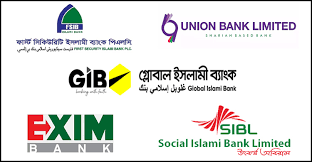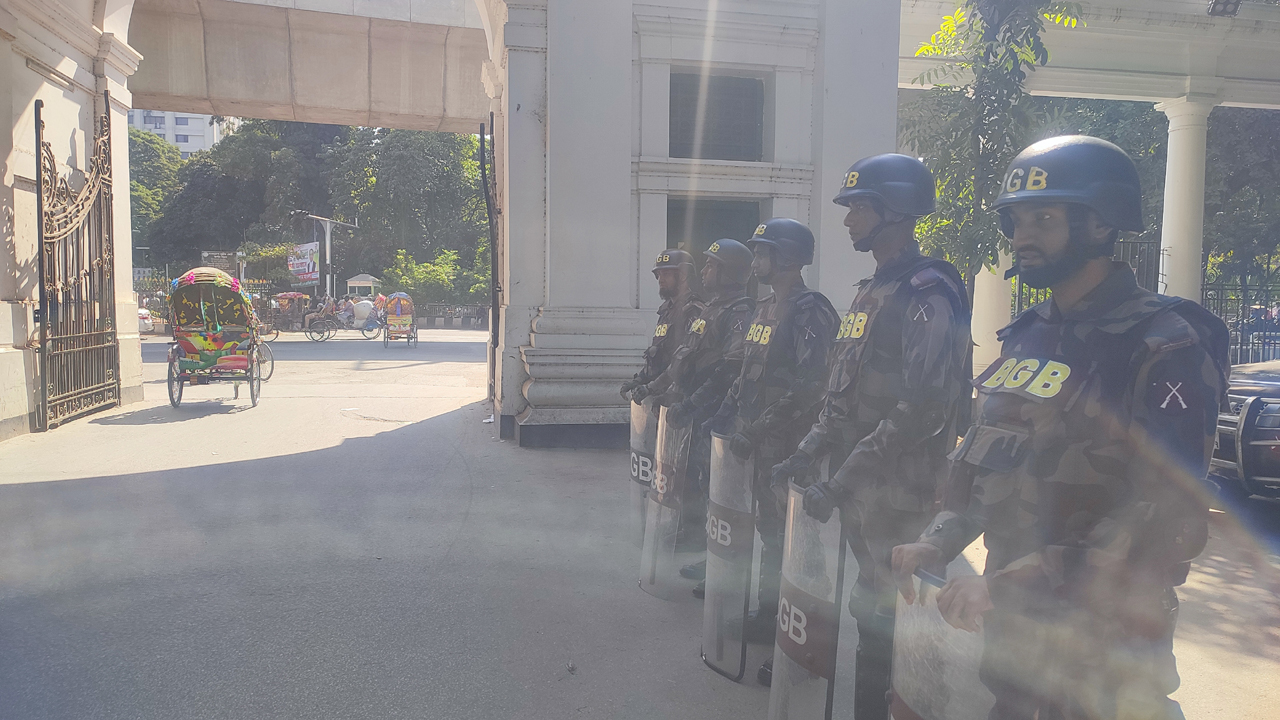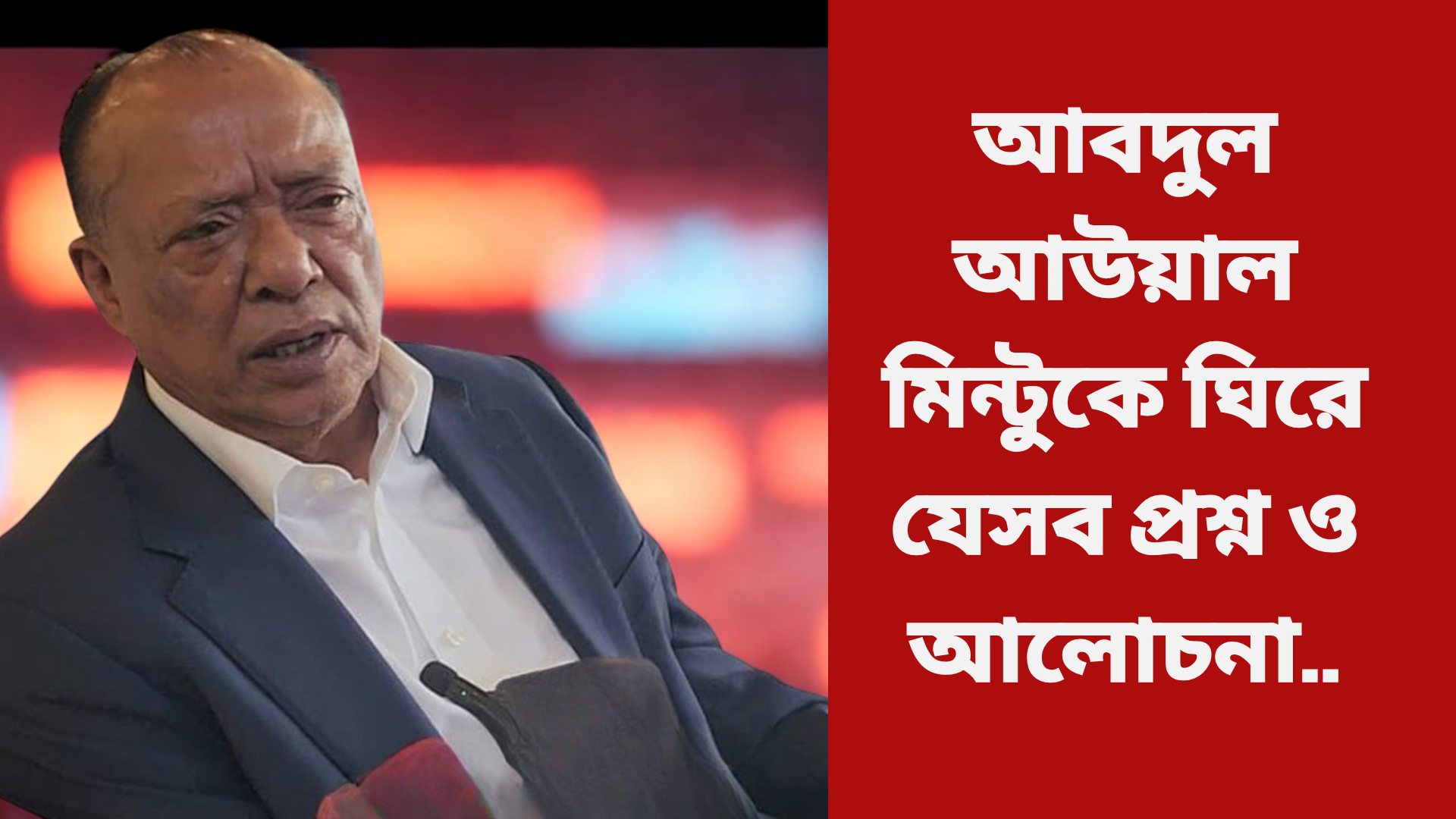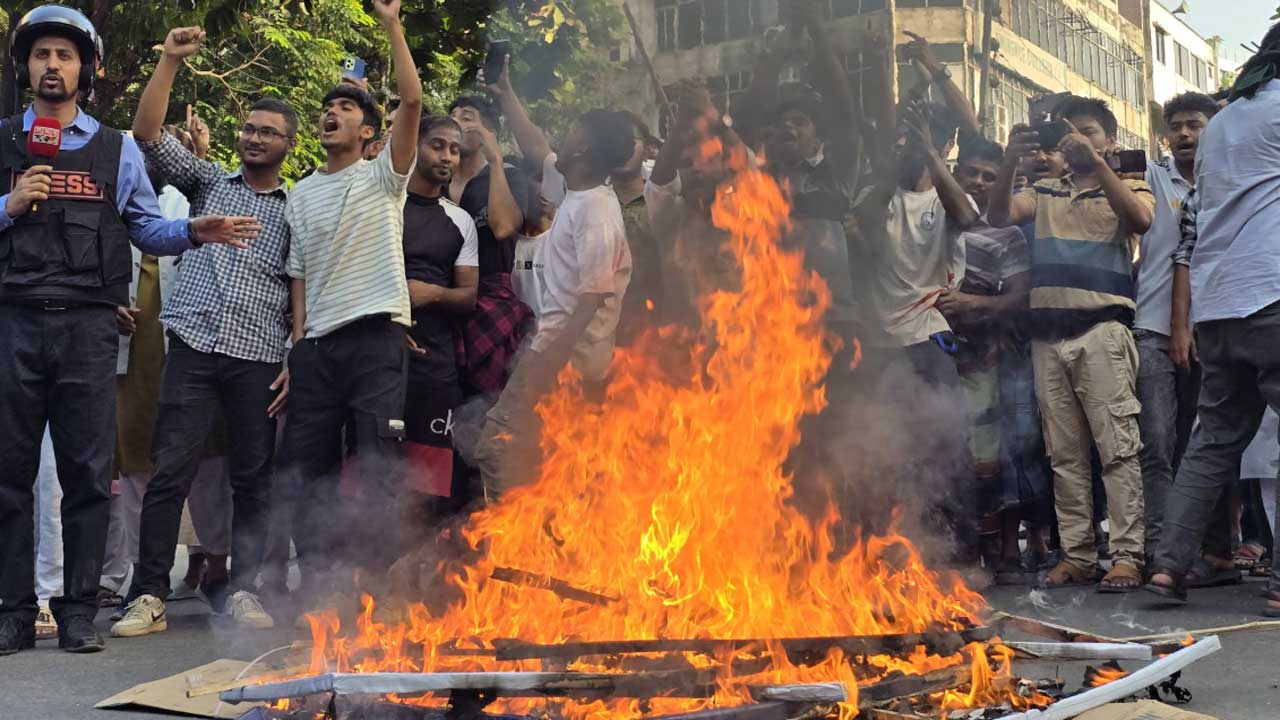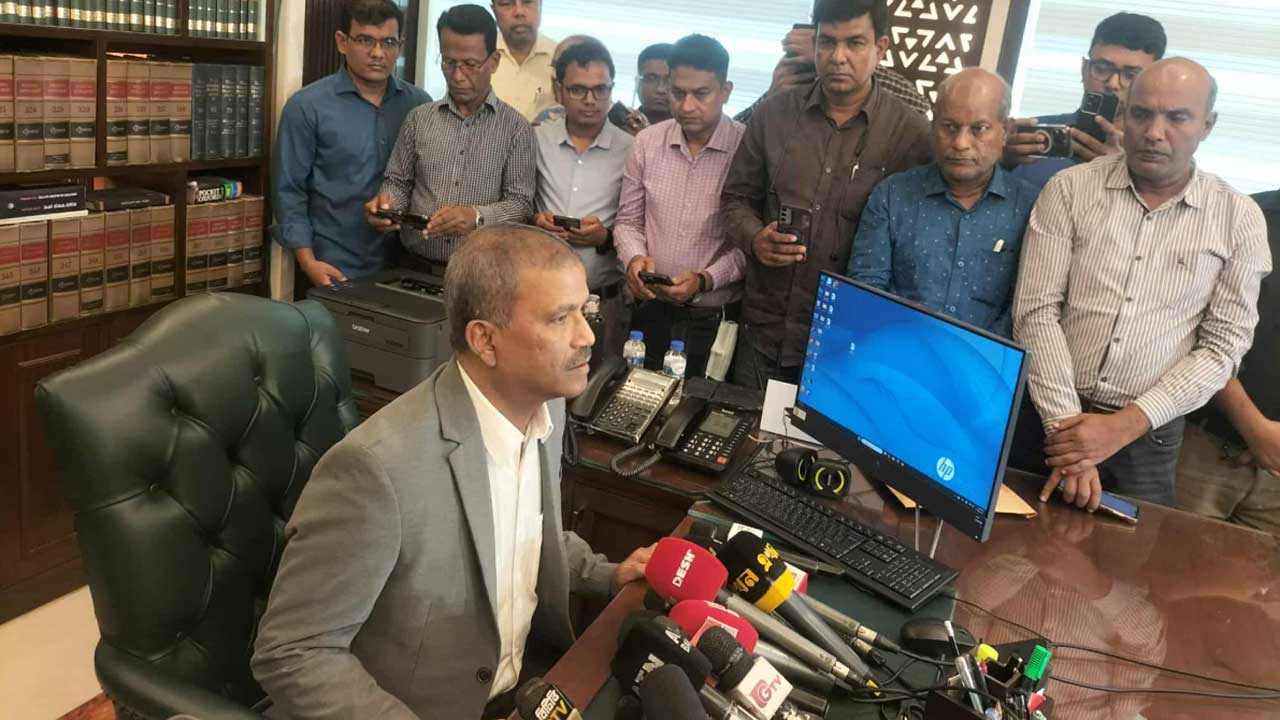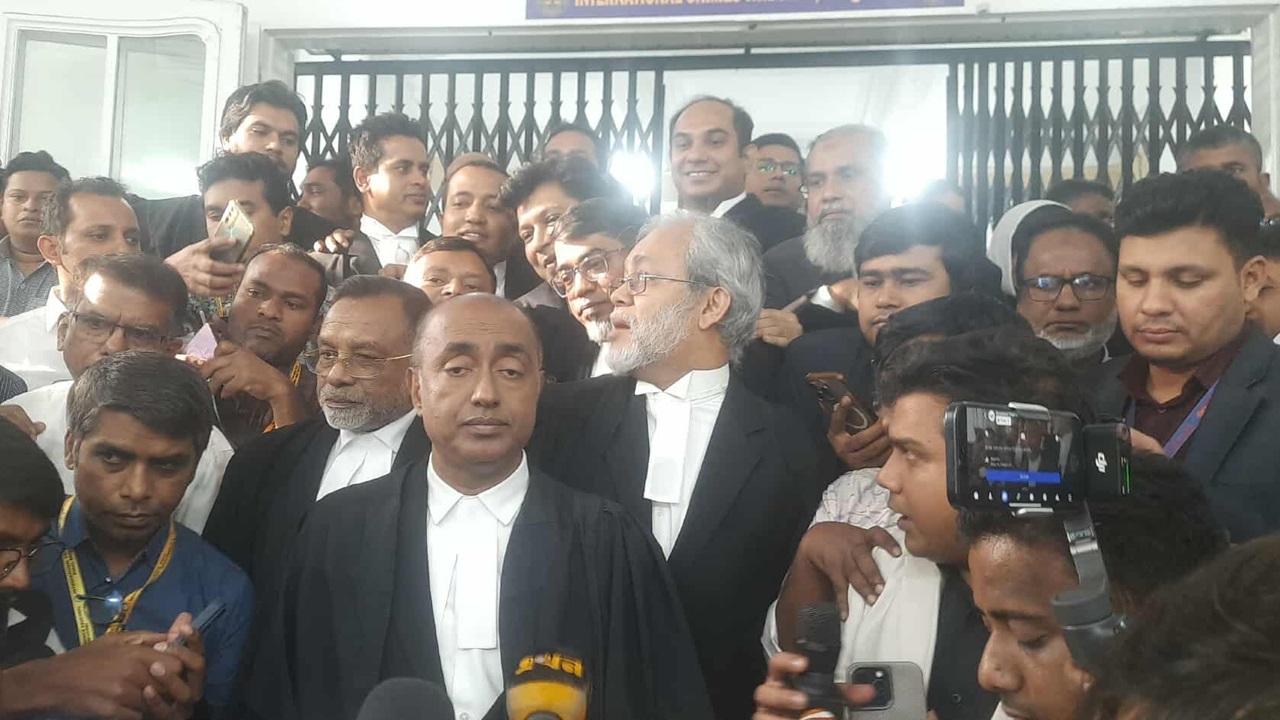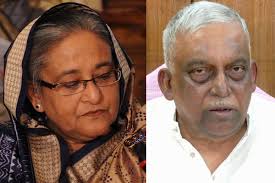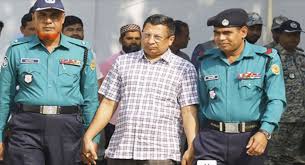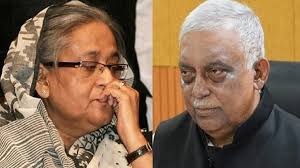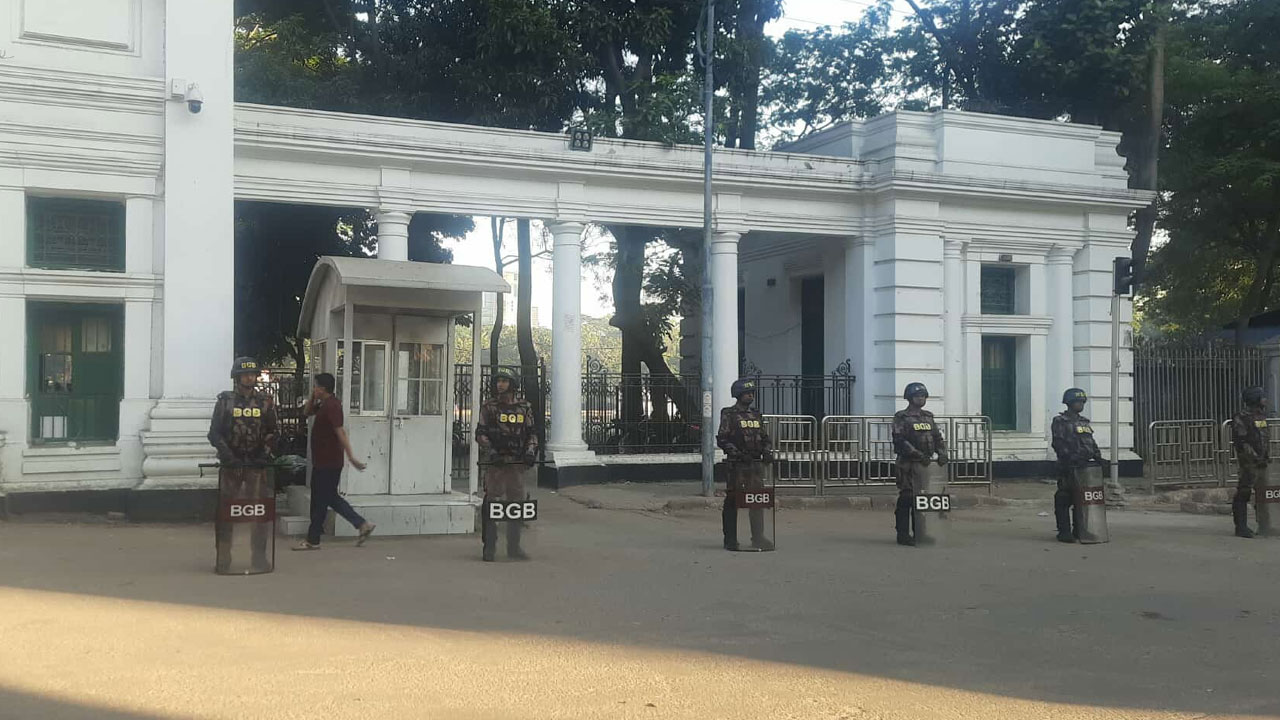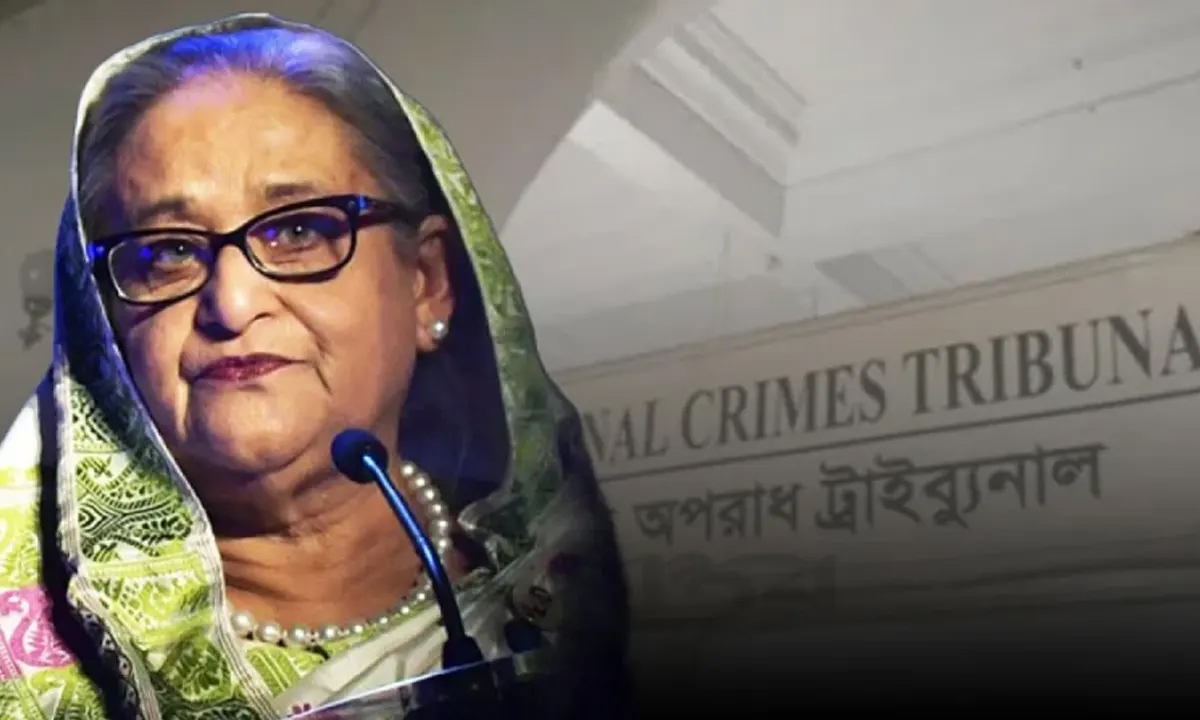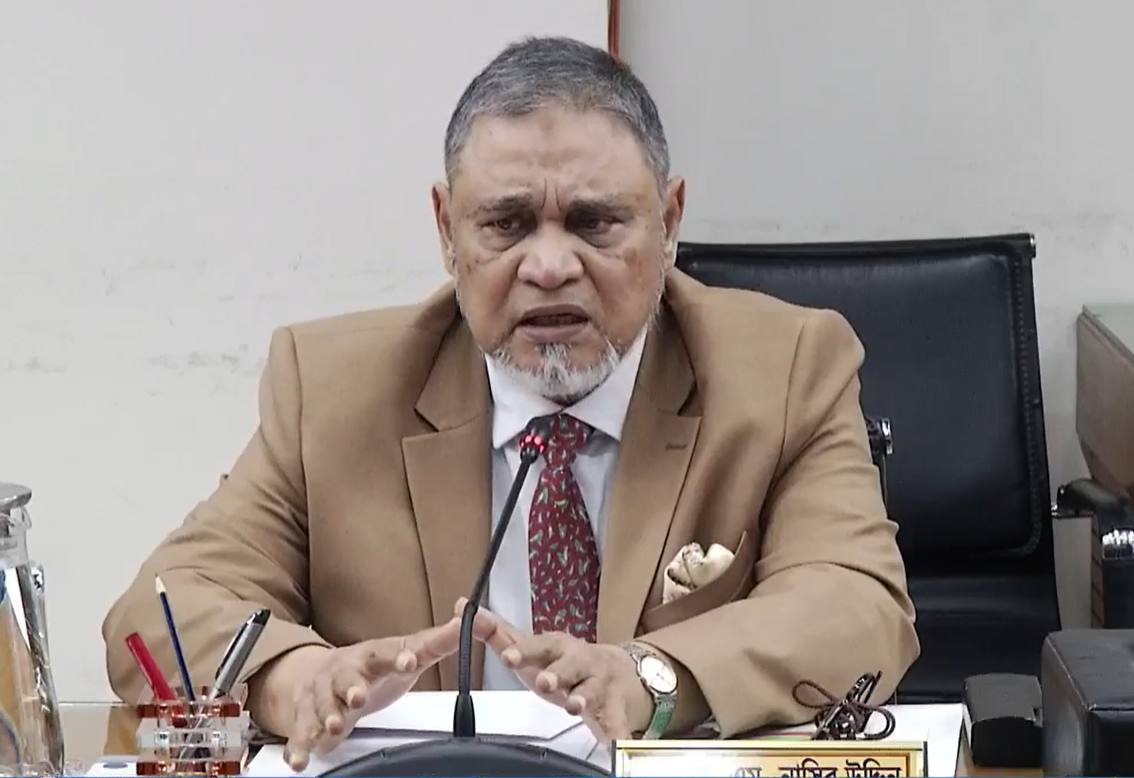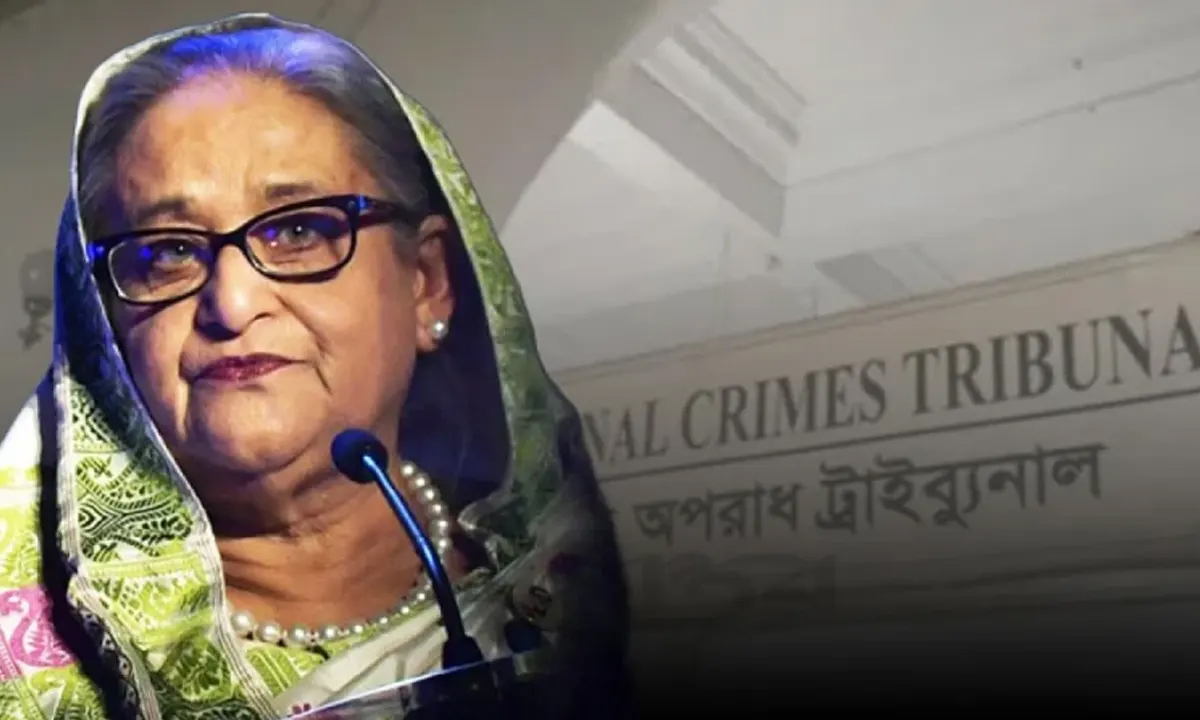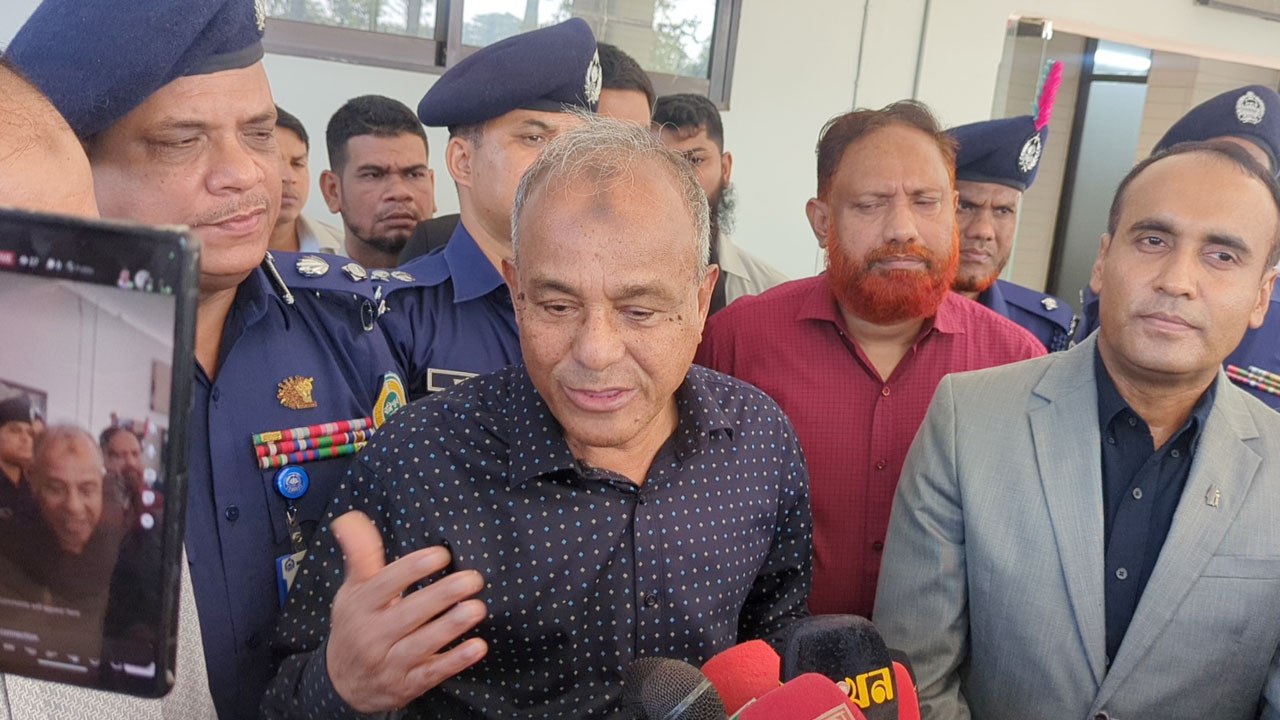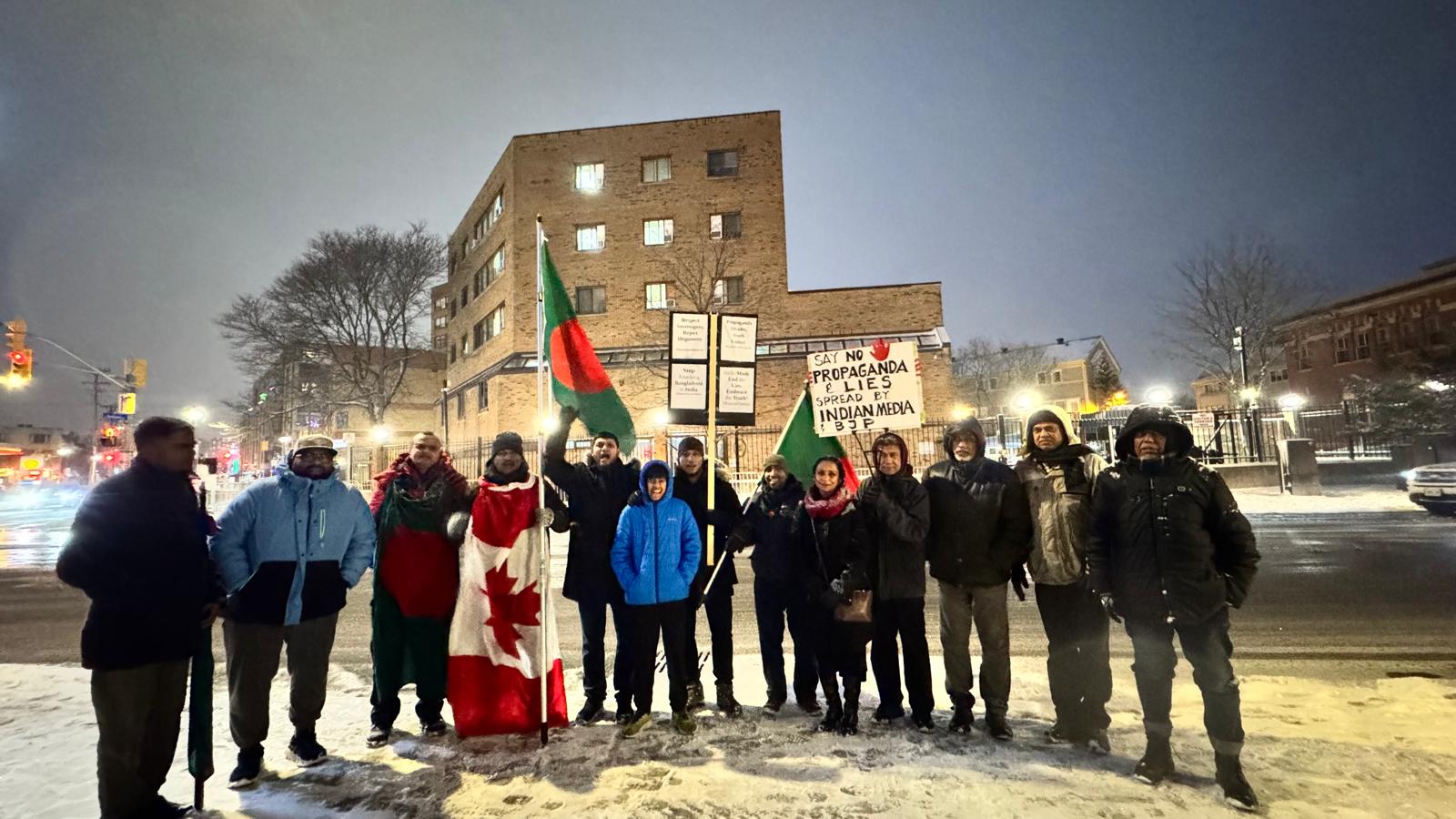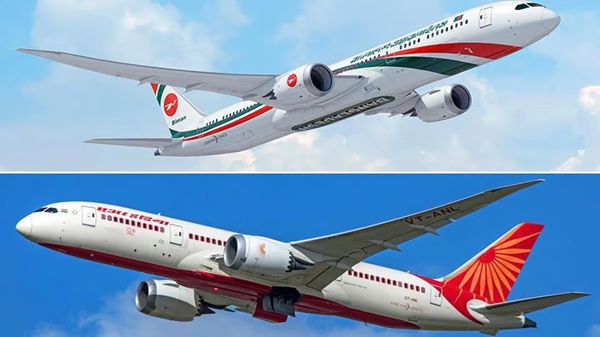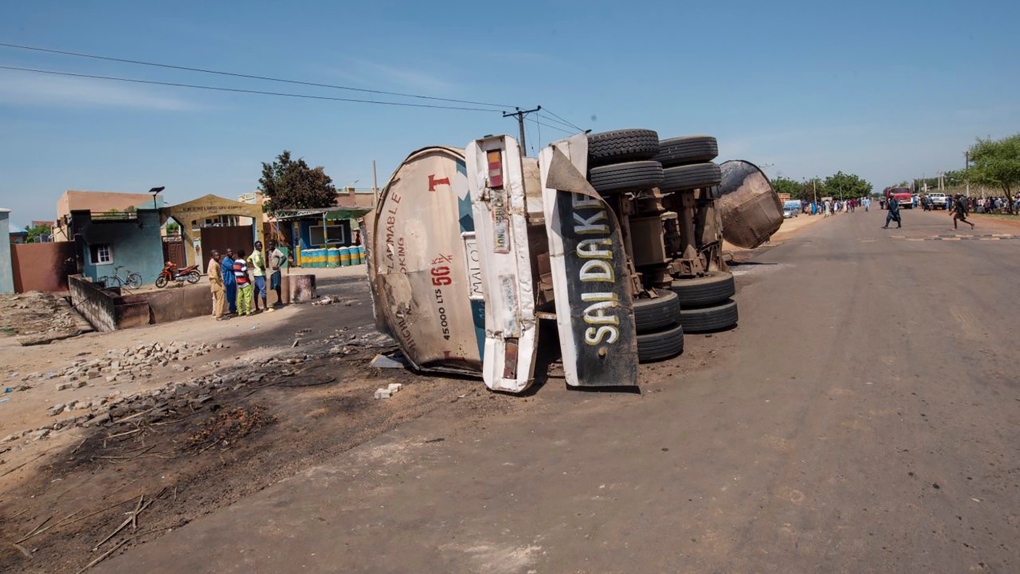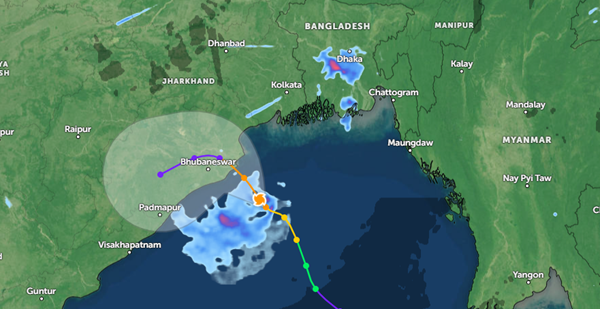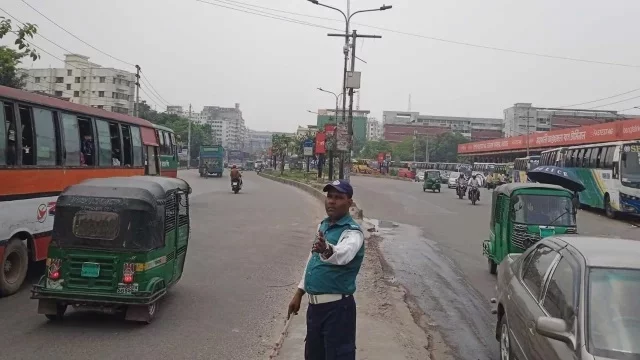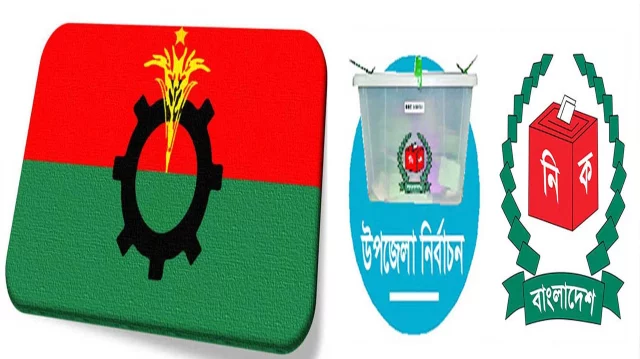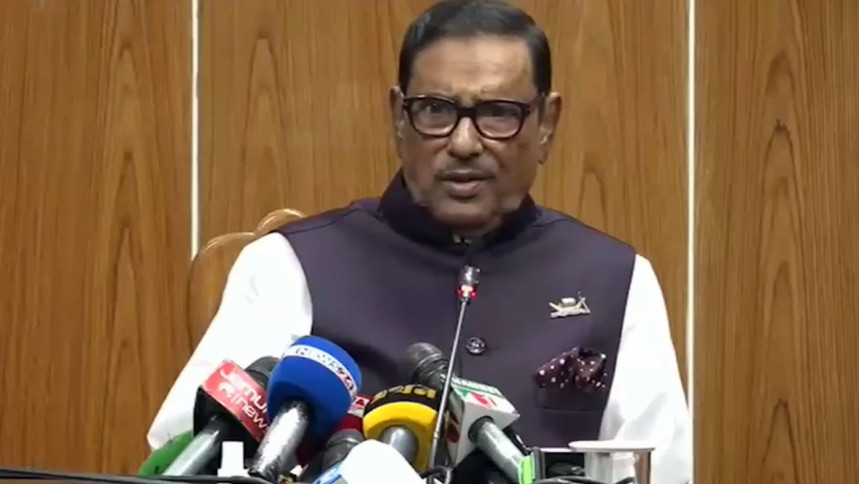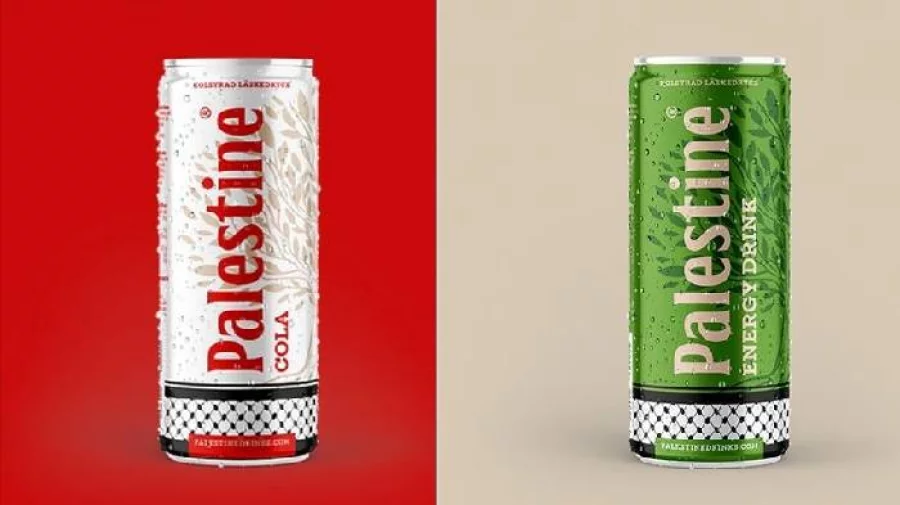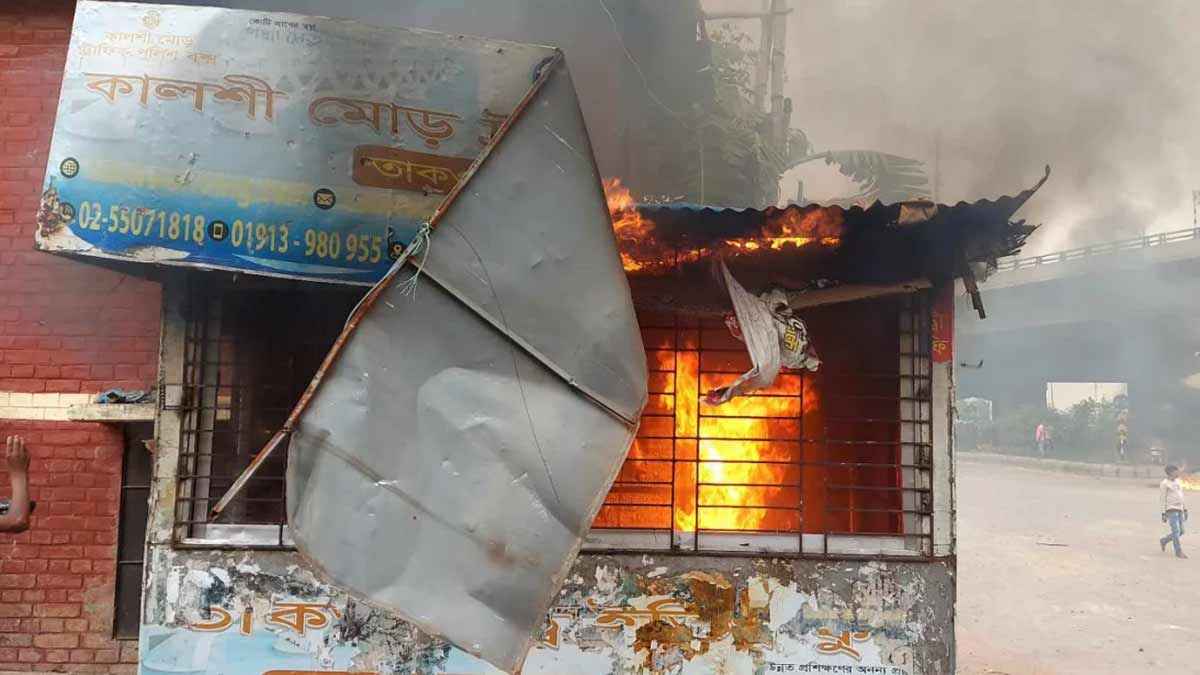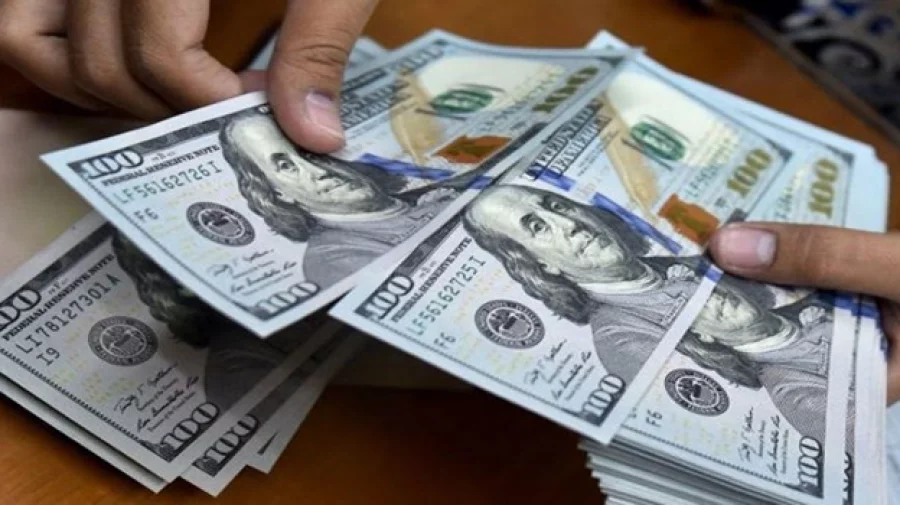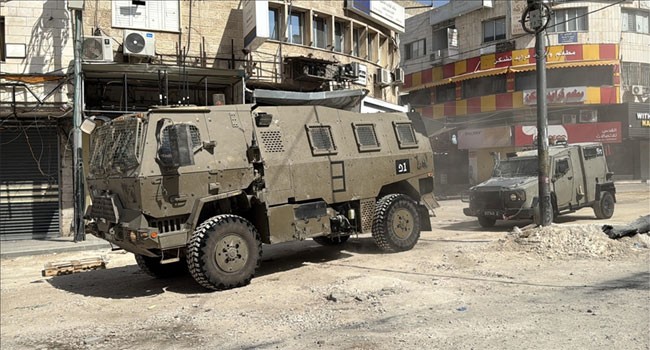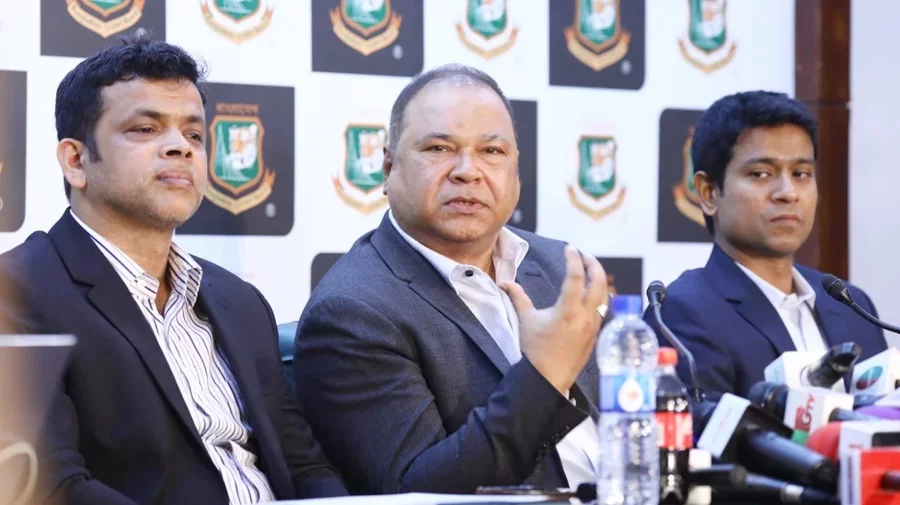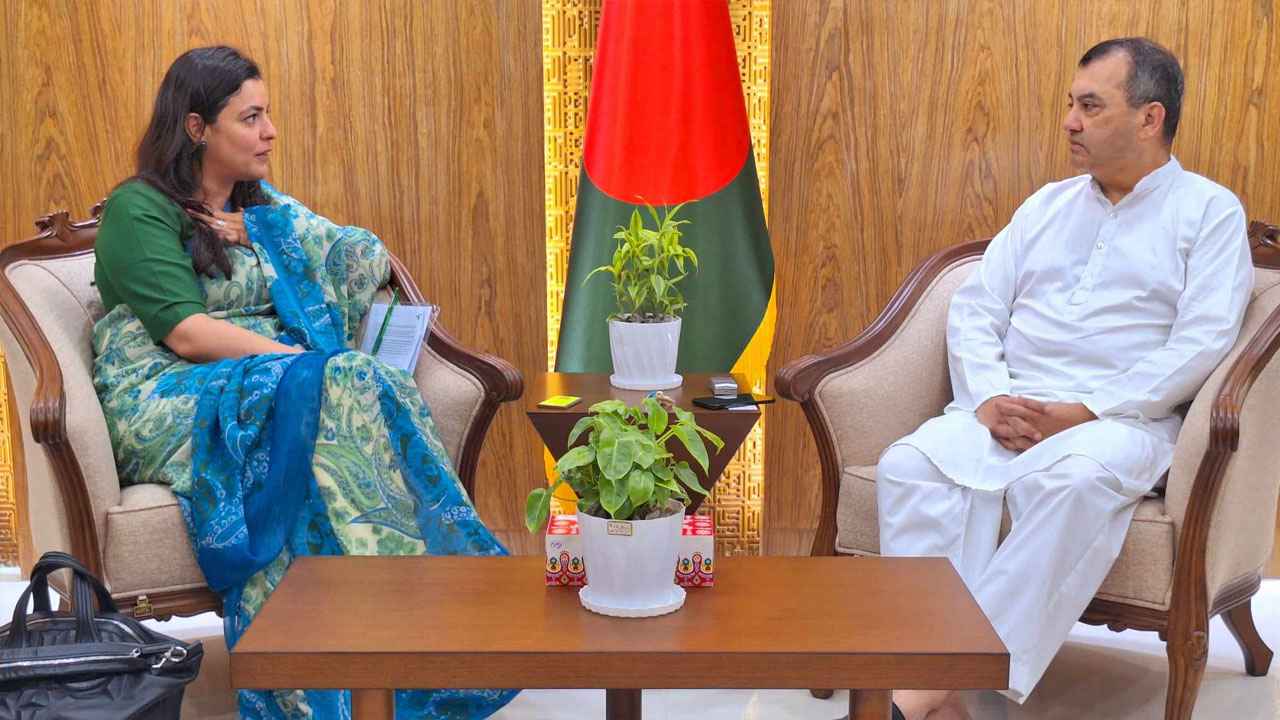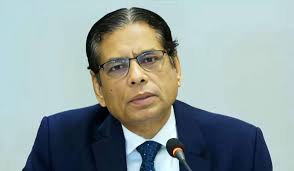
After the US announcement last April imposing additional tariffs, Chief Advisor Dr. Muhammad Yunus recently wrote a letter to the US President, seeking time for negotiations. The US also admitted that Bangladesh was one of the countries that contacted them quickly. Negotiations have been going on for three months since then. But the result is disappointing. The proposed 37 percent tariff has been reduced by only 2 percent to 35 percent. As a result, the US is going to implement a total of 50 percent tariff on Bangladeshi products from August 1, adding another 35 percent to the current average 15 percent tariff. If this decision is implemented, Bangladesh's exports to the US market, especially the ready-made garment sector, will face a huge disadvantage. The US has already reached an agreement with rival Vietnam, under which only 20 percent tariff will be imposed on their products. That is, there will be an additional 15 percent tariff on our products, which will make it difficult to survive in the competition. If any other rival country takes advantage of such an advantage, it will create a bigger problem.
If the new tariff goes into effect, US-based brands that import clothing from Bangladesh may initially bear a small portion of the additional duty themselves and pass the rest on to exporters. As a result, exporters will be forced to reduce the price of their products. However, this arrangement will not be sustainable in the long run. Ultimately, brands will move to Vietnam or other countries where they can get products at lower costs.
Now the question arises - why couldn't we reach an agreement like Vietnam? The government has the specific answer to this. Because the draft of the agreement proposed by the United States was subject to secrecy. However, if it wanted, the government could have formed a 'agreement team' and had a professional and participatory discussion on the issue.
We do not know whether there were any demands for zero tariffs in addition to the US tariff exemption. Bangladesh has previously imposed or sought to impose zero tariffs on major US imports such as scrap iron, soybeans, LNG and cotton. However, the US may have asked for more; such as policy benefits for its investors in Bangladesh or special opportunities in government procurement. Even if the US was promised these things, it may not have felt that they were enough. Or it may have wanted zero tariffs on its products, which is against World Trade Organization rules. The government may not have agreed to such a condition; but Vietnam has agreed.
But it's not over yet. We have three weeks until August 1. If we can reach an agreement at least like the one in Vietnam through negotiations during this time, that would be the 'best of all'. If necessary, we can try to get some additional concessions from the US by giving some additional benefits.
Since the government has not yet clarified what benefits were offered to the US, we can only speculate – basically some tariff concessions and policy concessions were offered. But the US may have wanted more clear, time-bound and implementable commitments. It may have wanted priority in government procurement. The problem is, we have to take a few other development partner countries along. Their interests must also be taken into account.
All in all, the time ahead is very important. At this time, the negotiation strategy, preparation and leadership – everything must be well planned. We must keep an eye not only on the United States, but also on other potential markets, so that the decision of any one country does not threaten our export capacity. In particular, if we can increase production, we can also try to reduce costs and reduce the pressure of additional tariffs.
